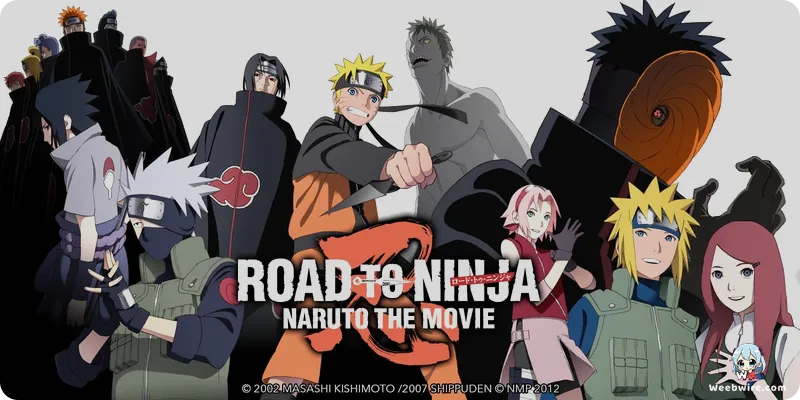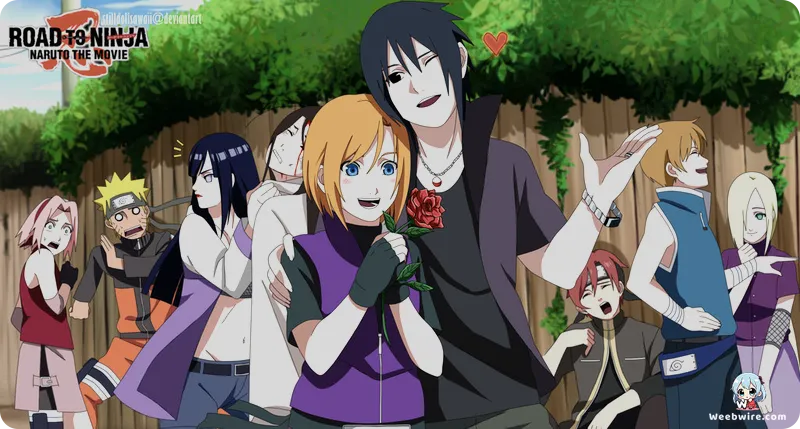Masashi Kishimoto's Personal Touch Transforms 'Road to Ninja: Naruto the Movie' into an Iconic Alternate Reality Saga

Road to Ninja: Naruto the Movie stands as a uniquely celebrated installment in the Naruto franchise, distinguished by the deep, personal involvement of its original creator, Masashi Kishimoto. Unlike many anime films, Kishimoto was profoundly hands-on, personally conceptualizing the story, penning the script, and designing the character outfits. This direct creative input from the mangaka himself imbues the film with an unparalleled authenticity and narrative depth that resonates powerfully with dedicated fans.
A Journey into an Inverted Reality
The film's most compelling feature is its exploration of an alternate reality, a 'Genjutsu World' masterfully conjured by Tobi (Obito Uchiha) through the Limited Tsukuyomi. Here, Kishimoto's creative genius shines as he crafts a world that is an ingenious inversion of Naruto's familiar reality. Viewers encounter a Naruto Uzumaki living with his parents, Minato Namikaze and Kushina Uzumaki, both alive but with drastically altered personalities. Minato, the Fourth Hokage, is depicted as a stern, perpetually busy figure, a stark contrast to the loving father Naruto longed for. Conversely, Kushina, known for her fiery spirit, is surprisingly demure and quiet. This clever inversion provides both comedic relief and a poignant reflection on Naruto's deepest desires and the complex nature of familial bonds.
The creative transformations extend playfully to the entire Konoha 11. Sasuke Uchiha, for instance, shifts from a brooding avenger to a charming, flamboyant, and openly friendly individual. Sakura Haruno, typically strong-willed, becomes timid, shy, and overly polite, devoid of her 'Inner Sakura.' Further inversions include Neji Hyuga as a pervert, Rock Lee and Might Guy as gloomy, Shikamaru Nara as a hot-blooded simpleton, and Choji Akimichi as a sharp intellectual. Shino Aburame fears insects, Kiba Inuzuka dotes on cats, and Hinata Hyuga is aggressively assertive. These reversals powerfully highlight the core traits and relationships of the original characters by showcasing their antitheses.

Menma Uzumaki: Naruto's Dark Reflection
A pivotal antagonist, Menma Uzumaki, is introduced as an alternate, twisted version of Naruto, corrupted by the Nine-Tails' influence. He serves as a dark reflection of what Naruto could have become without love and support, leading to a profound battle against a darker self exploring themes of identity and human connection. Kishimoto personally oversaw Menma's chilling design, including his unique Nine-Tails Chakra Mode.
The Enduring Message of Family and Bonds
Ultimately, Road to Ninja uses its alternate universe to delve into Naruto's profound longing for a complete family. While Tobi's goal was to break Naruto's spirit, the film powerfully reinforces Naruto's unwavering strength and belief in the bonds he shares with his friends. The emotional core articulates that his true family extends beyond blood relatives to encompass the steadfast companions who have always stood by him, a powerful message resonant throughout the entire Naruto series.
Studio Pierrot flawlessly brought Kishimoto's vision to life with dynamic animation and expressive designs, ensuring fluid action and sensitive emotional moments. Road to Ninja: Naruto the Movie remains a beloved entry, offering a unique, creator-driven insight into its protagonist's heart and world, solidifying its place as an essential piece of Naruto lore.
Credits
Road to Ninja: Naruto the Movie
Author
Masashi Kishimoto
Cover Art
Masashi Kishimoto
Studio
Studio Pierrot
Publisher
Shueisha
Producers





